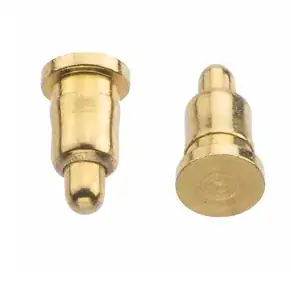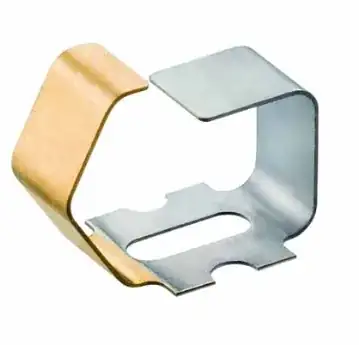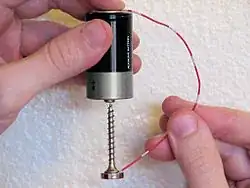While it might be possible to get a results using the coating on a magnet for connectivity, it would seem a real unknown at 10 Amps. Trying to over-plate the surface would seem like an excise in futility as you'd have almost no control of the contact surface.
I'd suggest that you build your batteries with Pogo pins on the terminals and simply use the magnet to provide the contact pressure you need to compress the springs.
Most Pogo pins are limited in the current they carry because of the conduction thorough the spring, so you need multiple to supply 10A.
For example:

Those above are rated at 2A. Clearly you could pass more current but would be advised to have at least 4 for each terminal.
Perhaps more engineering but more capable are spring loaded self wiping contacts such as this:

Here the current rating is 9A so it's easily possible that this would provide service at 10A for your 2 minutes.
I'd normally consider Mill-Max for reliability, but they are higher cost and usually specified at about 3A peak per contact.


